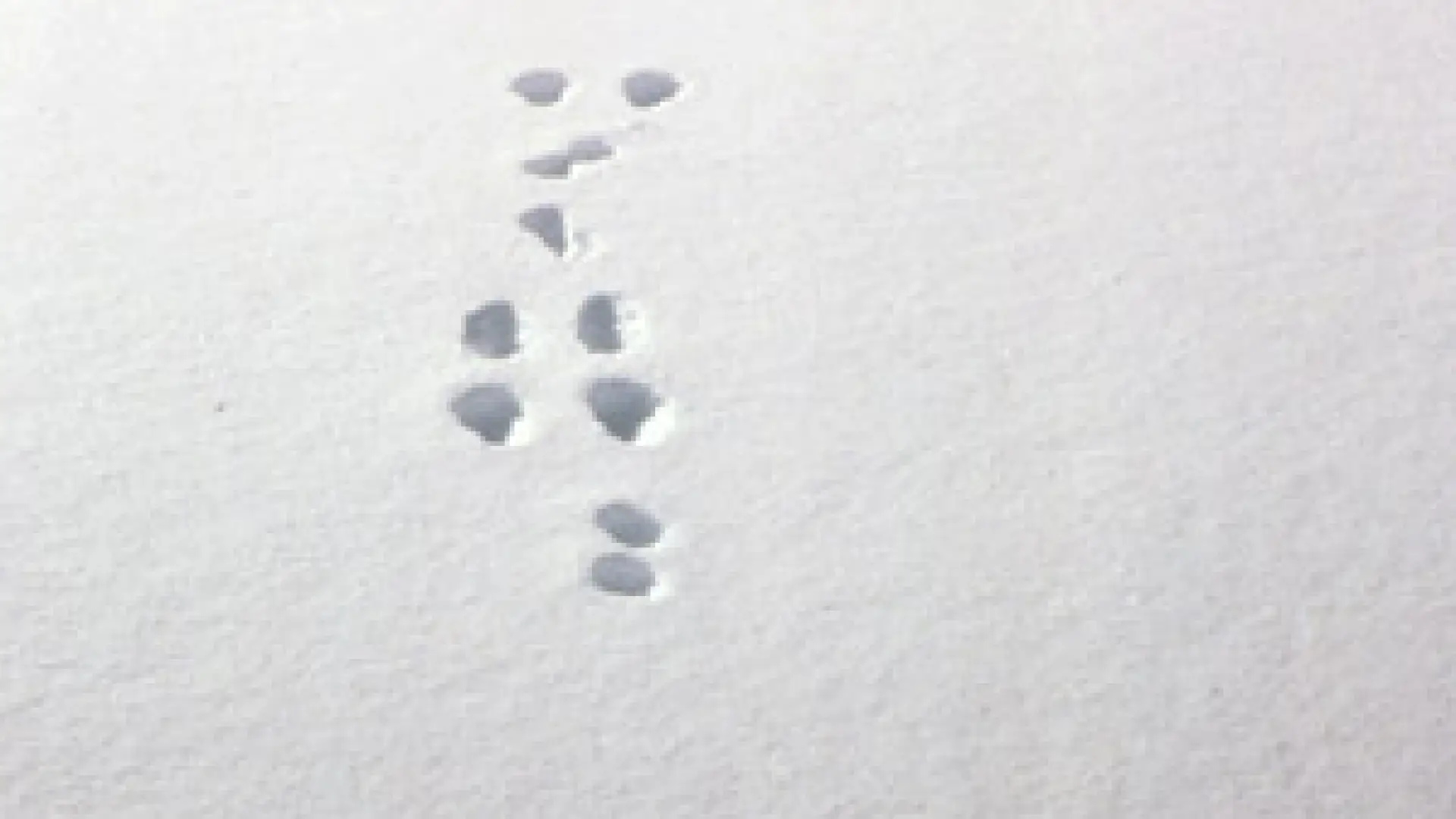
If you're going hunting, you really should know what you're looking for.
And now that we've had some snow, that got a whole lot easier.
While hunters here in the North Country eagerly await opening day of the Northern Zone deer season, it's really an event if there's tracking snow. And while deer season may be over, there's still small game out there. A little study beforehand will help you find it.
Unlike deer hunters, small-game hunters won't find a big target standing in front of them. But look underfoot and you'll find a highway – one that you can follow, too.

There are several keys to tracking and hunting. Fresh snow is important, and certainly better to work with than dirt and leaves. An inch or two of fresh snow is ideal and waiting two or three days is the best option, giving the animals time to move around.
The timing of the Lake Placid region's latest snowfall is a good one, given there are still a couple of weeks to a month more left in small-game seasons for many species, and you can hunt hares and coyotes well into March.
If you're going to give tracking a try, stop by one of the local bookstores and pick up a book on tracks. That will tell you what to look for. But as you head out into the woods, start to think like an animal. Get to know a little bit about their habitat, where they live and what they eat, then look for their tracks there.
Most of those hare tracks I followed seemingly ended in large brush piles where, of course, the big white rabbits love to take cover. When you find tracks going in, give the pile a couple of good hard shakes (or even climb on top and jump up and down a few times; hares and cottontails can sit very still before exploding to the next pile).
Take into consideration how the animal was moving when the track was made – was it walking, trotting, galloping or jumping. You can tell by how the tracks are laid down. A walking animal will most likely show alternate, evenly spaced tracks, while a trot will be longer in stride and the hind foot generally landing ahead of the front foot. Getting up to a gallop, there will be a point in time that all four feet leave the ground and the prints will likely lie in a straight line. If you're trailing a jumper – rabbits, squirrels and the like – you're definitely going to see spots where all four feet leave the ground. And when the animal lands, the hind feet will touch down ahead of the front feet.
Of course, don't stop at just the footprints they leave behind in the snow. True tracking includes watching for many other signs, including snow that has fallen from tree branches and tops, as well as the scat they'll leave behind on the trail. I've actually found this to be a bit more helpful than tracks in some instances. You can pick up a book on that, too. No need for photos here.